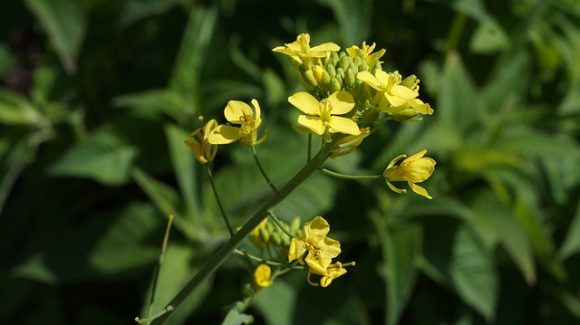All posts tagged arugula
Tatsoi Flowers: Crunchy Delicacies
Brassica rapa, commonly referred to as tatsoi, spoon mustard, tah tsai, and spinach mustard, is a biennial, low-growing plant. It is native to Asia and considered an ancient vegetable but has been introduced to many parts of the world including North America. Continue reading [...]
Flowers and Kids: Planting for a Fun Summer Project
Looking for fun summer projects to do with your little ones? Consider planting flowers with kids. Continue reading [...]


